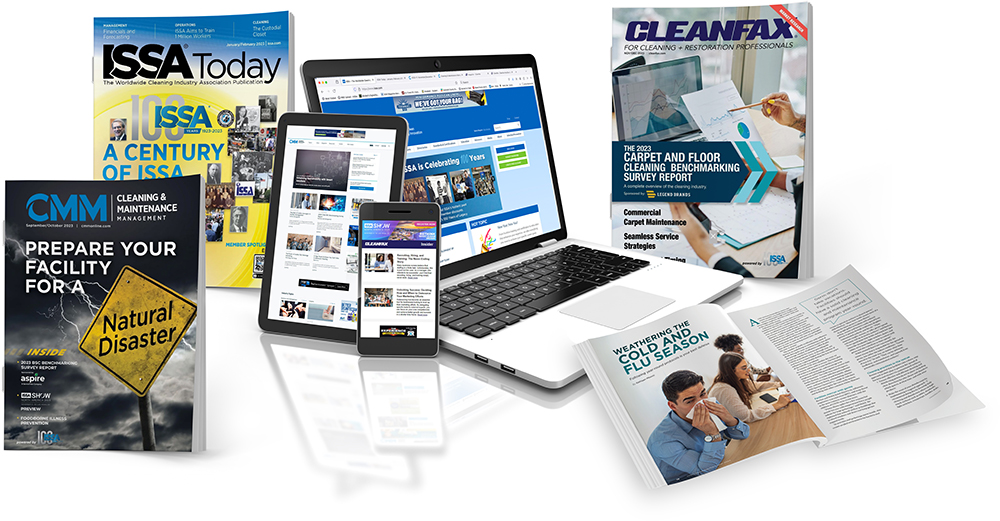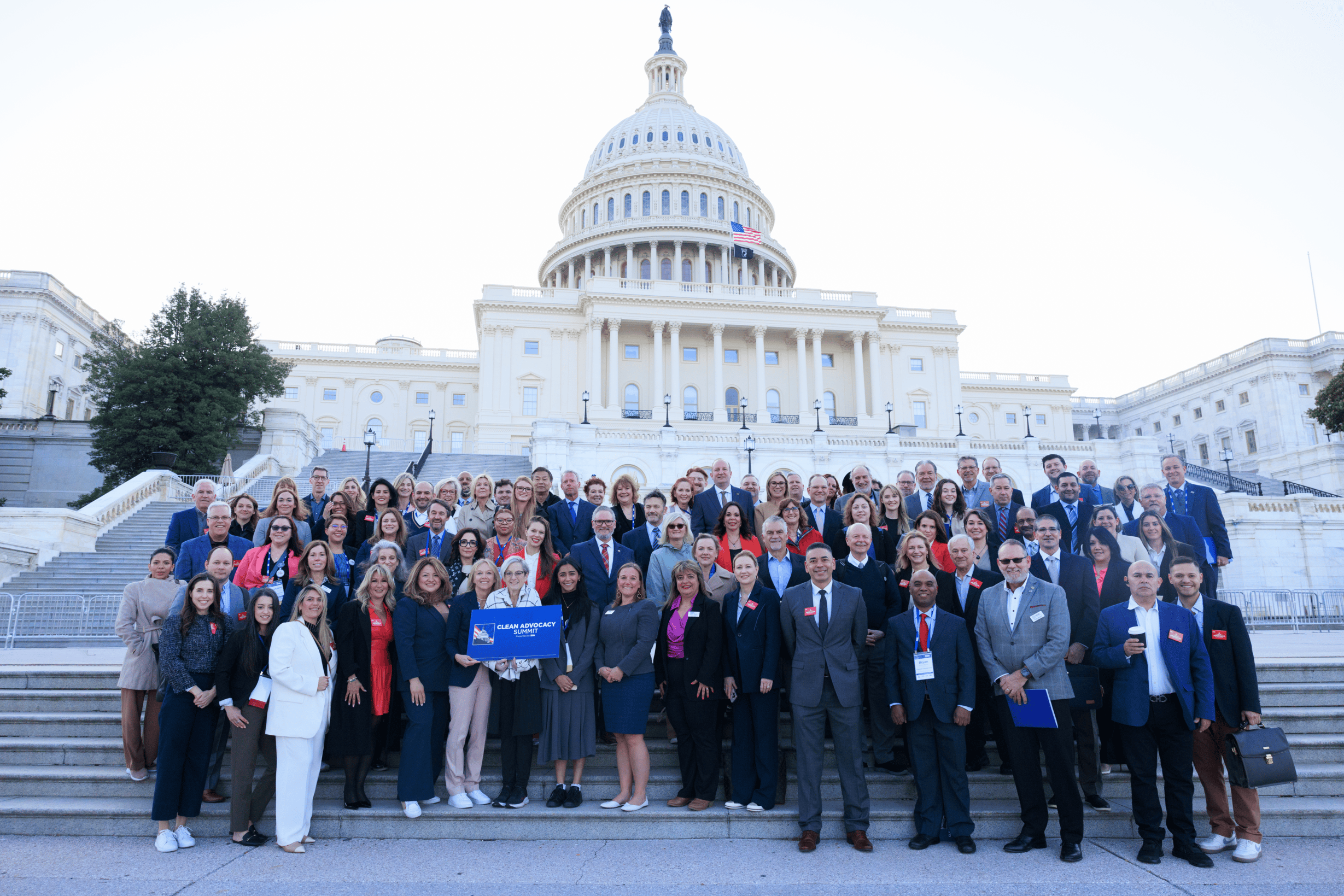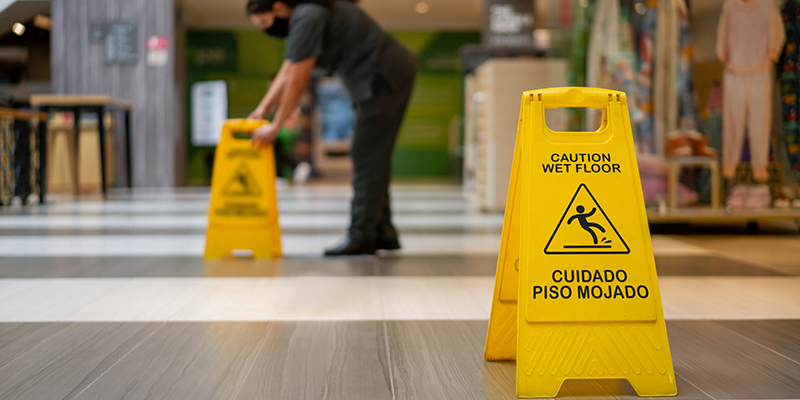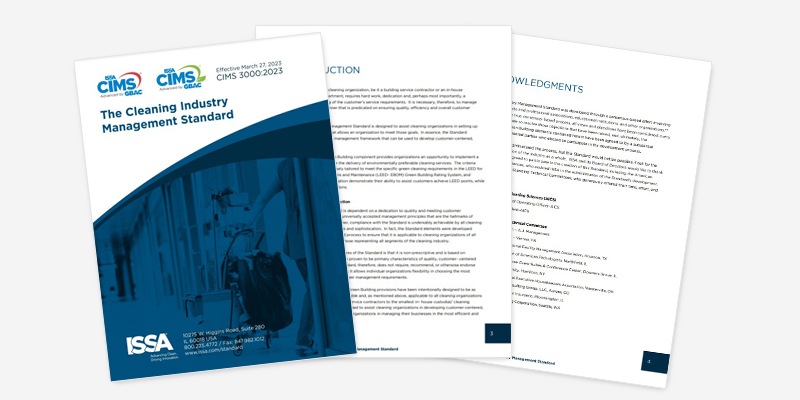Consensus Statements
Use Your Voice to Advance Global Environmental Hygiene
Join your peers in endorsing consensus statements that drive meaningful policy and industry progress. Your support helps influence decision-makers and promote healthier environments everywhere.
The consensus statements below summarize conclusions agreed upon by industry experts based on survey data, collaborative events, or a thorough literature review of scientific research. All statements listed result from coordinated efforts through the ISSA Healthcare network.
We, a multidisciplinary community of healthcare professionals united by a shared purpose, recognize the critical role surfaces play in the spread of infection. Together, we are leading a movement to transform patient care environments into spaces that promote safety and healing.
Through education, research, advocacy, collaboration, and the power of storytelling, we will share our expertise and insights to cultivate a mindset that supports sustainable change. We commit to advancing patient safety by employing science-based, multimodal strategies to uncover and address the hidden microbial threats within healthcare environments.
By creating a culture of mutual respect and understanding, we will empower every professional to contribute to meaningful outcomes. Together, we illuminate the path forward—turning challenges into opportunities, and insights into solutions—to build safer, cleaner, and more resilient patient care spaces.
We, the undersigned, commit to collaborative action in support of our shared purpose to drive meaningful change and advance sustainable patient safety for all. By signing, we pledge to uphold the principles set forth in this consensus statement.
Approximately 1.7 million infections occur annually in U.S. hospitals, with one in 25 patients acquiring a healthcare-associated infection (HAI) while hospitalized. Ongoing improvements in infection prevention and control protocols and processes reduce the risk of HAIs, but these are inhibited by surface pathogens that persist after routine cleaning and disinfection. It is unknown whether various surfaces and products in the healthcare setting are damaged by disinfectants creating invisible microbial reservoirs and ultimately, increasing the risk of transmitting pathogens.
There are a variety of guidelines and recommendations to ensure equipment and surfaces can be cleaned and
disinfected for safe use in the clinical setting, but no uniform approach exists for testing and product claims. Additionally, the life cycle of built environment surfaces and assembled clinical equipment may be greatly shortened by surface degradation, impacting cost and organizational sustainability goals. This consensus paper was developed to highlight gaps in evidence and recommend future action to a variety of stakeholders.
This statement is grounded in the findings and recommendations of the Fall 2022 consensus paper, “Healthcare Surfaces and Transmission of Pathogens: A Consensus Statement,” published in the Canadian Journal of Infection Control (CJIC).

